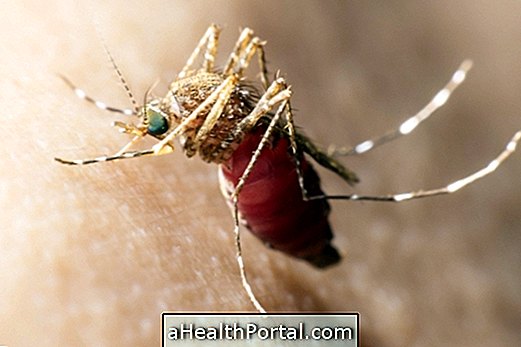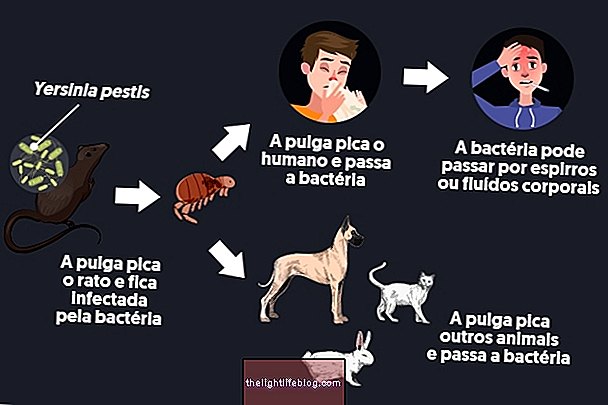The vaccine against the HIV virus is under study, being researched by scientists worldwide, but there is still no vaccine that is really effective. Over the years there have been many hypotheses that the ideal vaccine would have been found, however, all of them have lost their effect.
Understand why HIV still does not have an effective vaccine and the barriers encountered so far.
Because HIV still has no vaccine
There is currently no effective vaccine against the HIV virus, because it behaves differently from other viruses, such as the flu or chicken pox virus, for example. In the case of HIV the virus affects one of the most important defense cells in the body, the CD4 T lymphocyte, which controls the immune response of the whole body. 'Normal' vaccines offer a part of the virus alive or dead, which is enough to make the body recognize the offending agent and stimulate the production of antibodies against that virus.
However, in the case of HIV, it is not enough to stimulate the production of antibodies, because this is not enough for the body to fight the disease. Seropositive people have many circulating antibodies in their body but this is not enough because they are not able to eliminate the HIV virus. Thus, the HIV vaccine should work differently than other types of existing vaccines against the most common viruses.

What hinders the creation of the HIV vaccine
One of the factors that hinders the creation of the HIV vaccine is the fact that the virus attacks the cell responsible for the regulation of the immune system, the CD4 T lymphocyte, which causes uncontrolled production of antibodies. In addition, the HIV virus may undergo several modifications and may have different characteristics among people. Thus, even if the vaccine for the HIV virus is discovered, another person may be a carrier of the modified virus, for example, and thus the vaccine becomes have no effect.
Another factor that hampers the studies is that the HIV virus is not aggressive in animals, so the tests can only be done with monkeys (because it has a DNA very similar to humans) or in humans themselves. Research on monkeys is very expensive and has very strict rules for animal protection, which make these researches not always feasible, and in humans there are not many researches that have passed the second phase of studies, which we explain below.
How vaccines are created

The process of creating the vaccines goes through 3 different phases:
Phase 1:
An experimental vaccine is tested with fragments of the virus in a small number of people, for example 100, and it is observed how your body reacts after the vaccine and what side effects come up. This phase lasts on average 2 years, and if there are satisfactory results, the vaccine goes to the 2nd phase. Many HIV vaccines have already passed through this moment of hope.
Level 2:
The same vaccine is being tested on a larger number of people, for example 1000 people, and in addition to watching how your body reacts and the side effects, you try to find out if different doses are effective in order to find the right dose, which has fewer harmful effects but which is capable of protecting everyone in the world.
As the HIV virus has many subtypes around the world, research usually finds it difficult at this point, since the vaccine may be effective for a common type of virus in Africa but not effective for the virus found in other countries, and this vaccine is not considered to be effective.
Several surveys around the world are in the second phase of testing, requiring worldwide cooperation.
Phase 3:
Assuming that the same vaccine has been successful until Phase 2, it goes into the third phase of applying this vaccine to a larger number of people, say 5, 000, and to see if they really are protected or not.
However, even with the vaccine in the last phase of testing, it is important that the person should take the same care related to protection against contamination, ie using a condom and not sharing syringes, for example. In addition, the absence of risk behavior is important in order to evaluate the efficacy and safety of the vaccine under study.
Types of HIV vaccine
There are 2 different types of vaccine, the HIV prevention vaccine, where a large part of the studies are focused, as well as the therapeutic vaccine, which helps in the treatment of HIV, which already exists and has been used in combination with antiretrovirals, in many countries. Learn more about advances in HIV cure, and how the therapeutic vaccine has been used in seropositive patients.





















